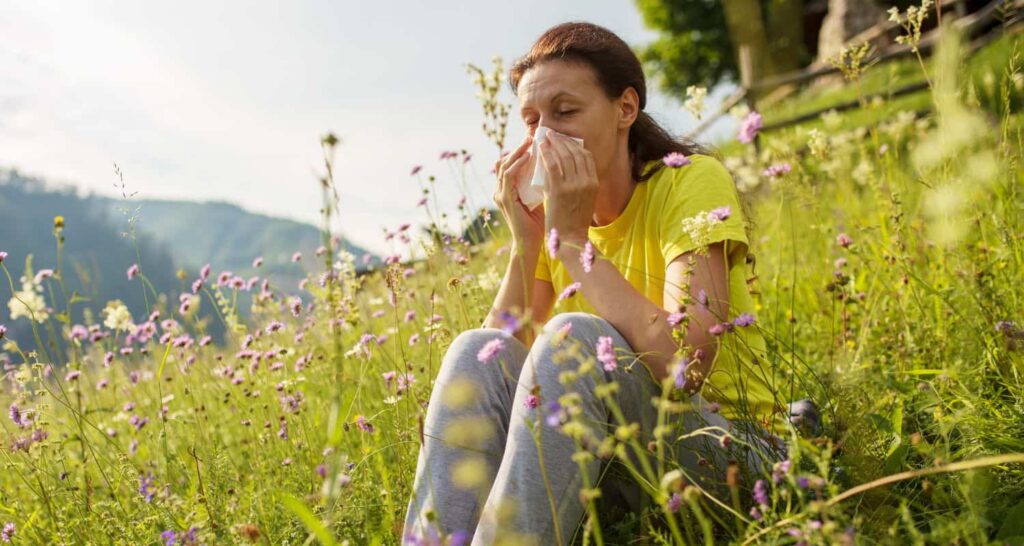For many, the arrival of spring or fall brings the promise of fresh air, blooming landscapes, and time spent outdoors. But for those with seasonal allergies, it also signals the return of sneezing fits, itchy eyes, and relentless congestion. Allergies can turn even the most beautiful days into a frustrating experience, leaving you torn between enjoying nature and avoiding discomfort. Let’s explore practical ways to manage seasonal allergies so that you can reclaim your time outdoors.
Pollen Exposure
Knowing how to minimize contact with pollen is fundamental in managing seasonal allergies. Pollen counts tend to peak during certain times of the day, often early morning and late afternoon. Monitoring daily pollen forecasts from reliable sources can help identify the best times for outdoor activities. Opt for periods when pollen levels are lowest.
Wearing appropriate protective clothing is another helpful step to reduce exposure to allergens. Items like wide-brimmed hats and sunglasses act as physical barriers, shielding your eyes and hair. These precautions are especially helpful during peak allergy seasons when pollen concentrations in the air tend to increase. Some outdoor chores, such as lawn mowing or gardening, can release significant amounts of pollen into the air. It is advisable to delay these activities or use protective masks to limit inhalation of pollen allergens.
Symptom Management
Managing symptoms of allergies effectively is key to maintaining comfort during outdoor activities. Over-the-counter antihistamines are commonly used to address allergic symptoms by blocking histamines, the compounds responsible for sneezing and itching. Taking these medications before heading outdoors can provide a proactive method of controlling allergy symptoms.
Nasal sprays are another effective tool to target nasal congestion. By reducing inflammation in the nasal passages, they can improve airflow and alleviate discomfort caused by allergens. Nasal saline rinses can also assist with clearing allergens from the nasal passages after outdoor exposure. Showering immediately after returning indoors may help remove any pollen particles that may have attached to skin, hair, or clothing. Changing into clean clothing following a shower further reduces the risk of spreading allergens within your living space.
Pollen-Free Environment
Creating a controlled indoor environment is key to mitigating seasonal allergy symptoms. High-efficiency particulate air (HEPA) filters are designed to remove airborne particles, including pollen, from indoor air. Using these in air purifiers or vacuum cleaners often enhances air quality.
Keeping windows closed, especially during high-pollen times, prevents outdoor allergens from entering your home. Air conditioning systems equipped with clean filters also help maintain a comfortable temperature while minimizing exposure to airborne allergens. Develop habits such as regularly washing bedding in hot water to make sure that allergens brought indoors are effectively removed. If you have outdoor pets, grooming them frequently helps reduce the transfer of pollen into indoor environments.
Discover Long-Term Solutions for Chronic Allergies
Seasonal allergy management involves a combination of short-term symptom relief and long-term strategies to minimize exposure to allergens. Following key preventive measures and symptom management techniques makes it possible to enjoy outdoor activities with fewer disruptions. Explore professional guidance for personalized solutions to allergy management by consulting an allergist.

